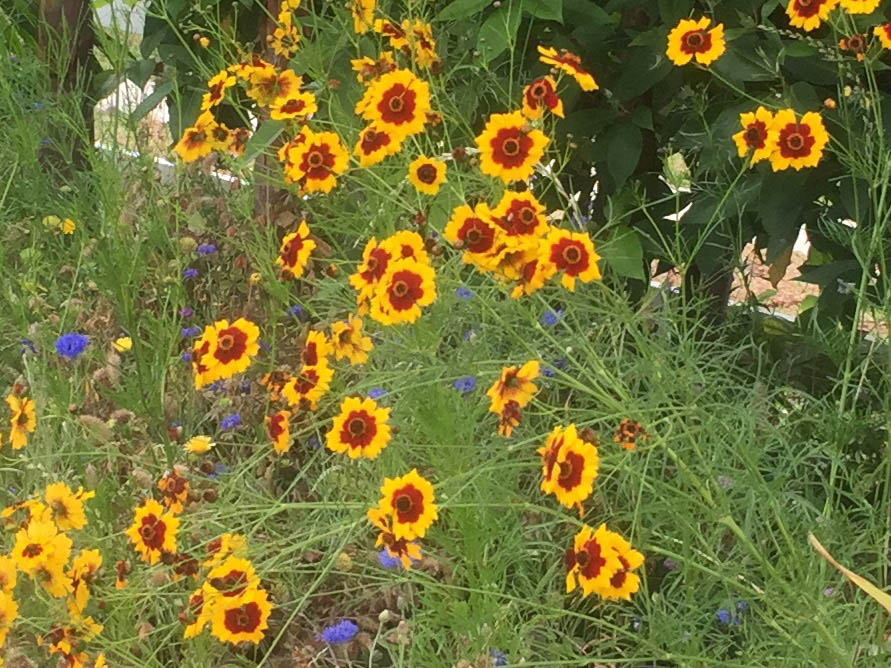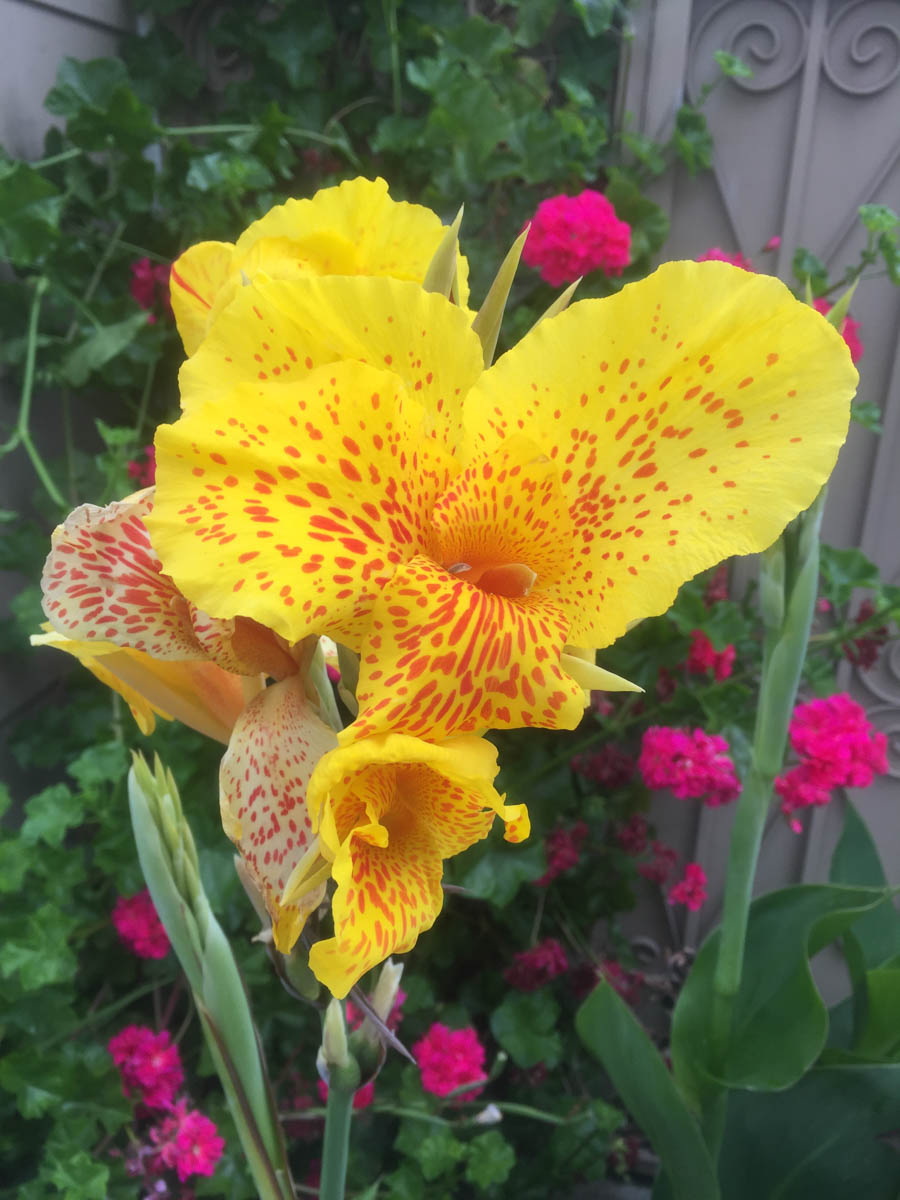It's The First Of May And We Are Off! Top
Hooray hooray, it's the first of May. Outdoor activities start today! Sweet April showers do spring May flowers.


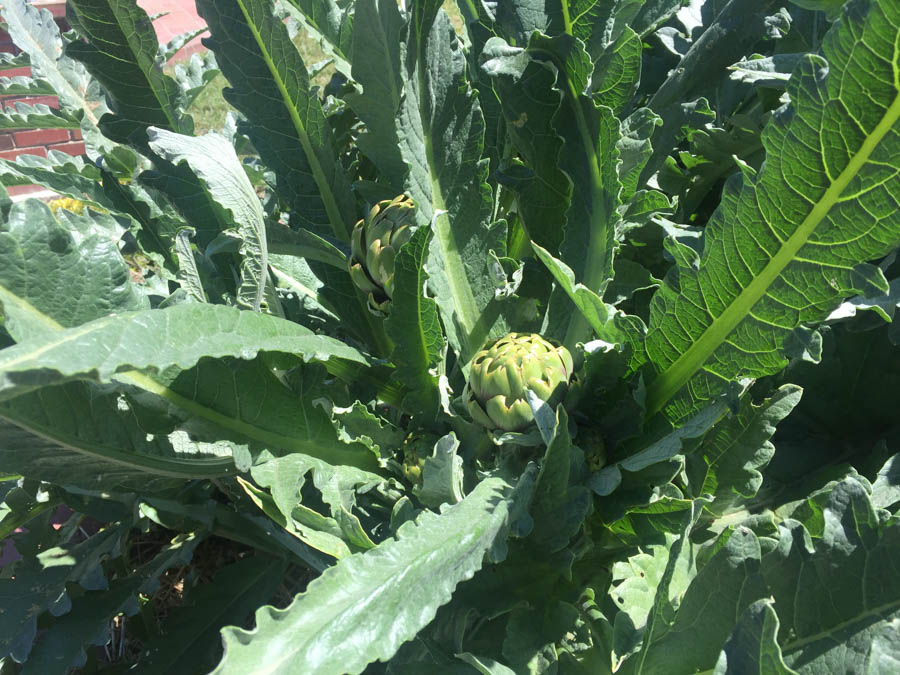
Amazing... Some folks let them go to flower!
We eat them!
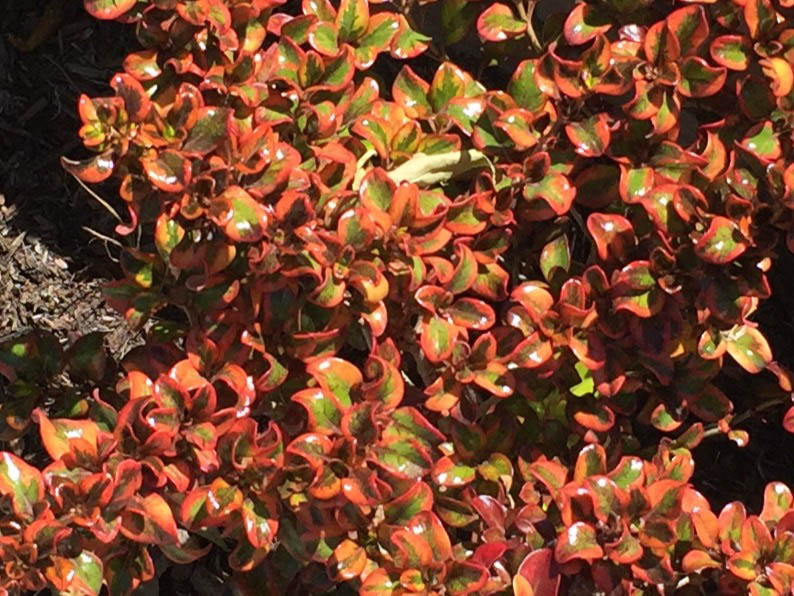
Reds and greens
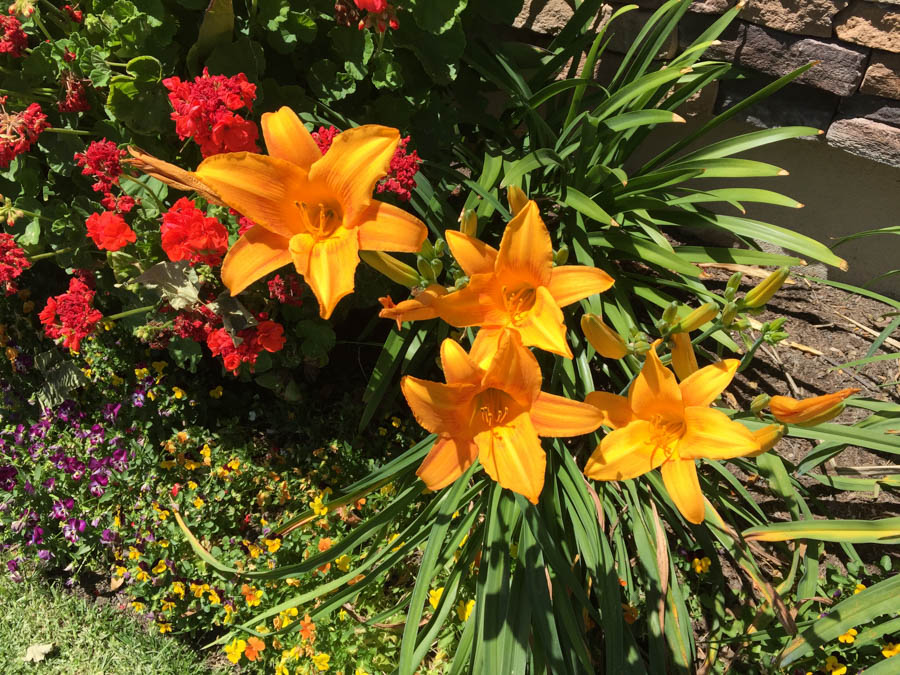
The real color of gold!
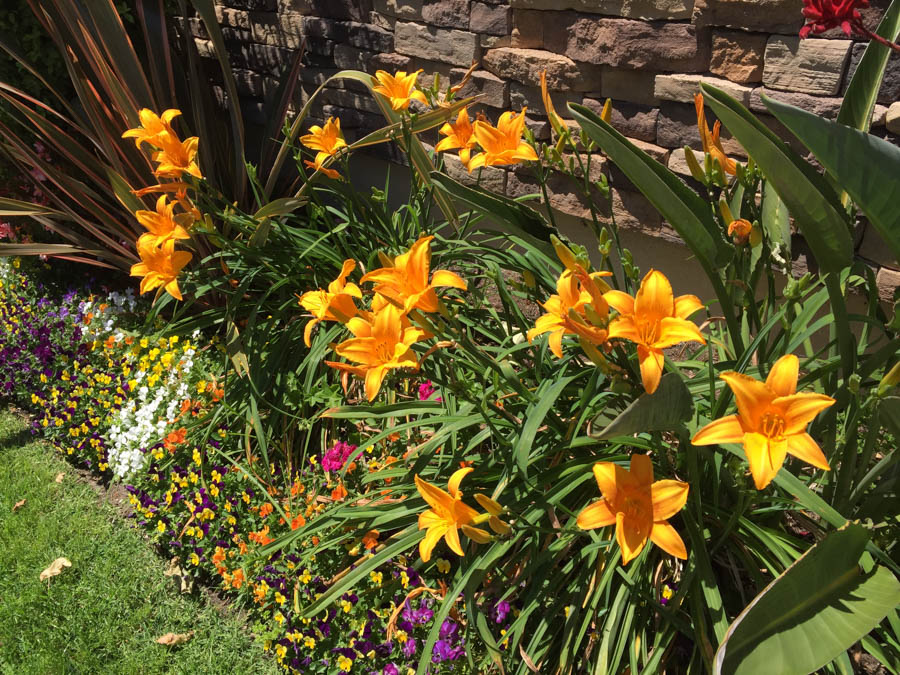
Stand right out and yell at you!
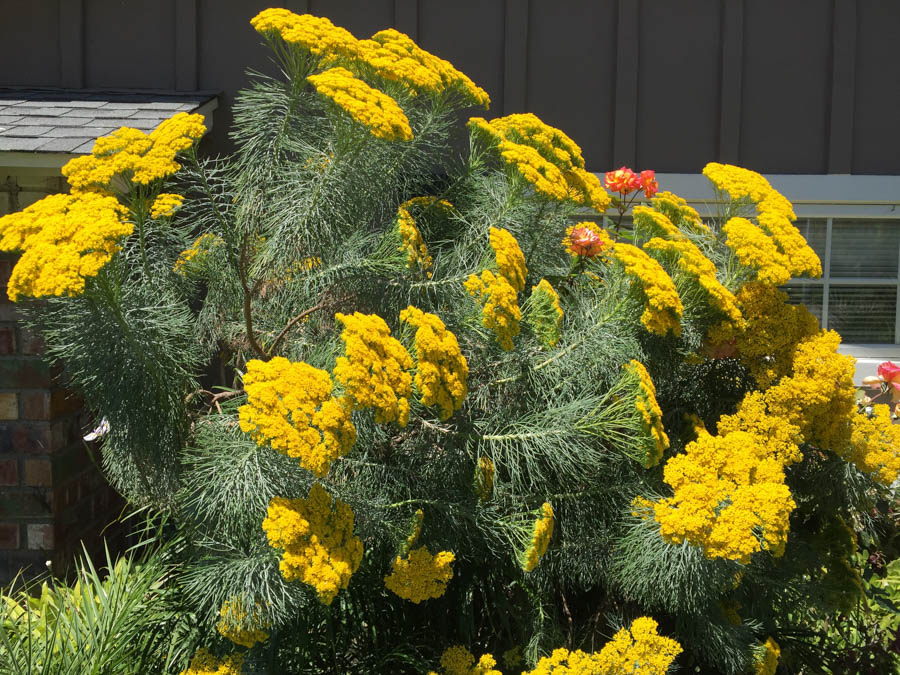
Baby's breath in yellow?

May 2nd 2017 And A Warm Spring Day Top
May is starting out quite nice. The garden is growing like mad with the corn seeming to jump right out of the ground!



Quite a mix of flowers
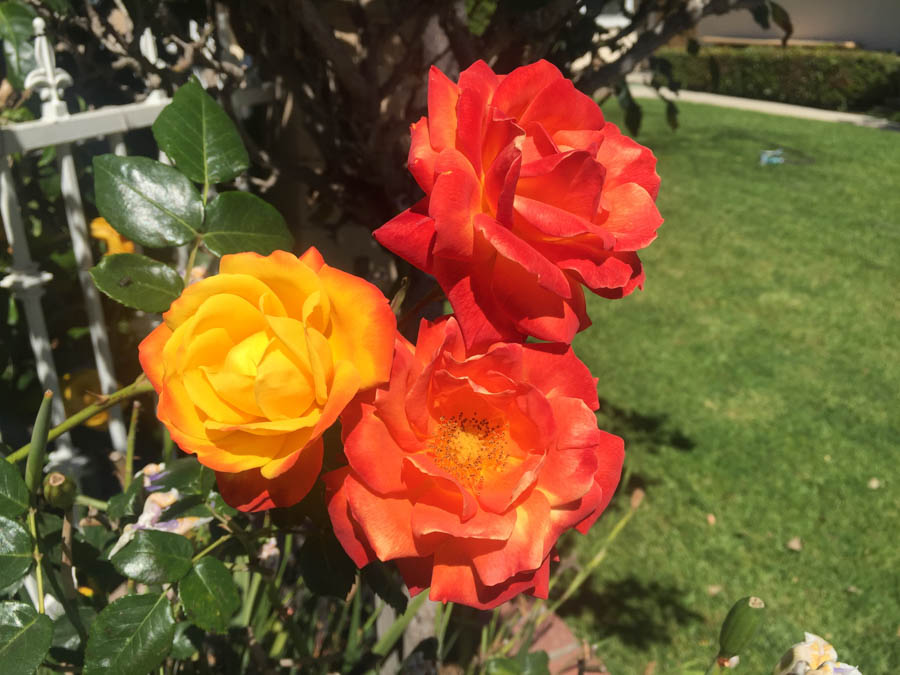
The Electric Roses
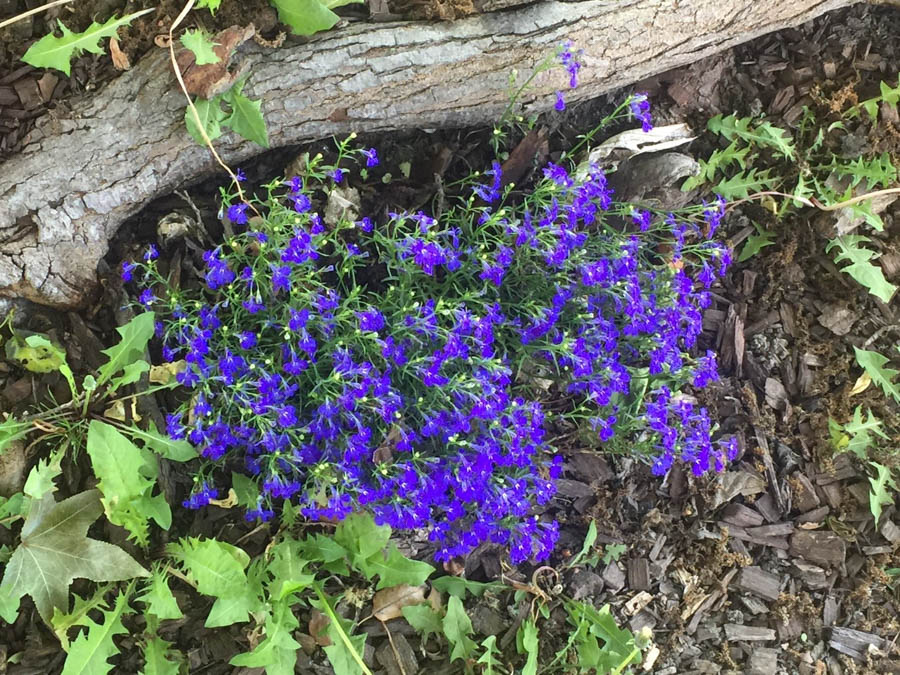 Flowers amongst the weeds
Flowers amongst the weeds

May 4th 2017 And A Warm Spring Day Top
Today was different. I returned home after I found out Sue's mouse croaked! Poor little fella just gave up and his little red LED light went out! Well, 50 minuyes is OK since we will be playing golf later today! I will still get four miles of walking in!
c


You can see I did a 180 after receiving the news!
As I was walking down Martha Ann I saw some movement to my right and there she was... Moma Duck and ELEVEN babies. Mama was a little scared and she turned putting her in a blind alley. I, of sourse, coazed her out and put her in the bushes again!

"Follow me, kids"

"Now we are OK, we are going back into the garden so we can hide!"

"We are safe now"
There was a lady holding a baby on the front porch of the house so I stopped and told her of the duckies. She got up and watched them for a while thanking me for the notification!

Mother Nature sure has an interesting palette of colors

The Common (officinale) Jasmine is heading up the tree and doing quite well
Did You Know? - Jasmine is a genus of shrubs and vines in the olive family. It contains around 200 species native to tropical and warm temperate regions of Eurasia, Australasia and Oceania.
Jasmine tea is often consumed in China, where it is called jasmine-flower tea. Jasminum sambac flowers are also used to make jasmine tea, which often has a base of green tea or white tea, but sometimes an Oolong base is used. The flowers are put in machines that control temperature and humidity. It takes about four hours for the tea to absorb the fragrance and flavour of the jasmine blossoms.
For the highest grades of jasmine tea, this process may be repeated up to seven times. As the tea absorbs moisture from the fresh Jasmine flowers, it must be refired to prevent spoilage. The used flowers may be removed from the final product, as the flowers contain no more aroma. Giant fans are used to blow away and remove the petals from the denser tea leaves.

Then came the call!
May 5th 2017 And The Temperature Dropped Twelve Degrees TodayTop

It was cool today!
Today was different. The temperature dropped twelve degrees from yesterday so I actually walked a little faster than normal to keep the heat level up!


Only flowers... Good idea

Ev ery size, shape, and color under the sun

Charming colors

Almost looks like Christmas time!

Blow your trumpet!
Did You Know? - Brugmansia is a genus of seven species of flowering plants in the family Solanaceae. They are woody trees or shrubs, with pendulous flowers, and have no spines on their fruit. Their large, fragrant flowers give them their common name of angel's trumpets, a name sometimes used for the closely related genus Datura. (Datura differs from Brugmansia in that they are herbaceous bushes, with erect rather than pendulous flowers - and most have spines on their fruit).
Like many ornamental plants, all parts of Brugmansia can be toxic.
Sometimes called "Angels Horn"

Amazing beauty
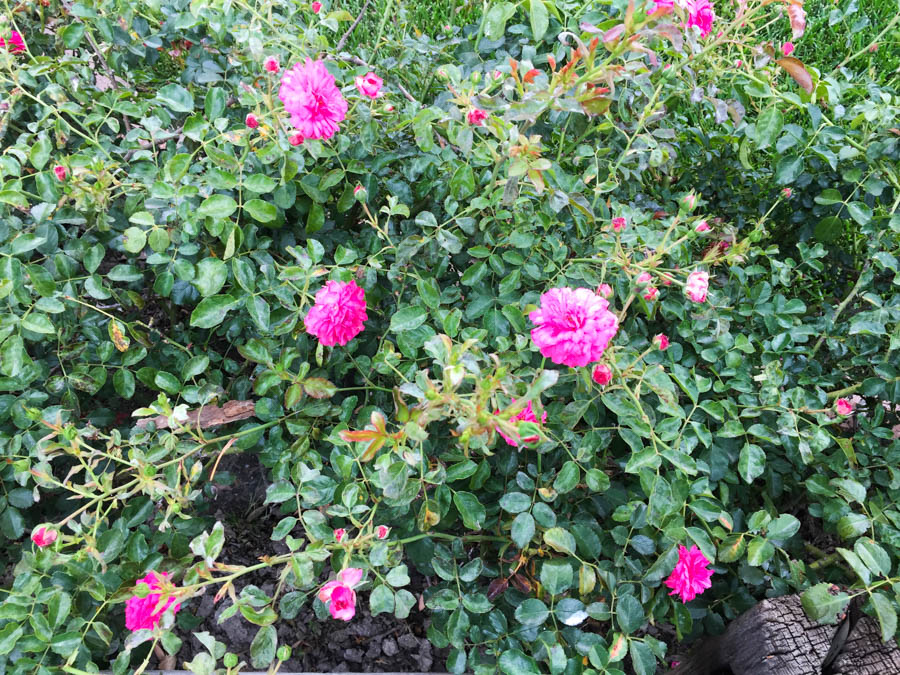
Roses still have the corner on beauty
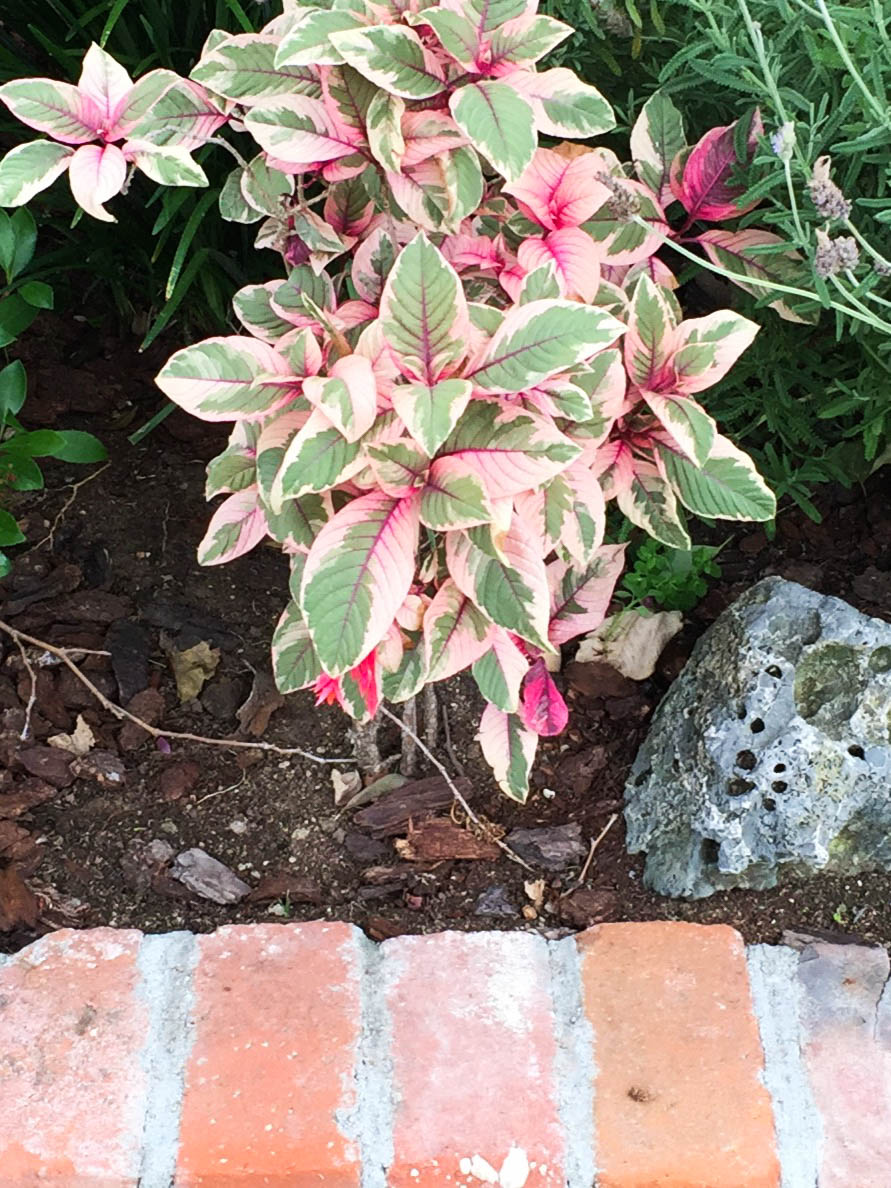
Fushia's come in all sizes and shapes

They escaped the fence

The grey looks very interesting when shot in B&W

The people at his house apparently do not know they are edible
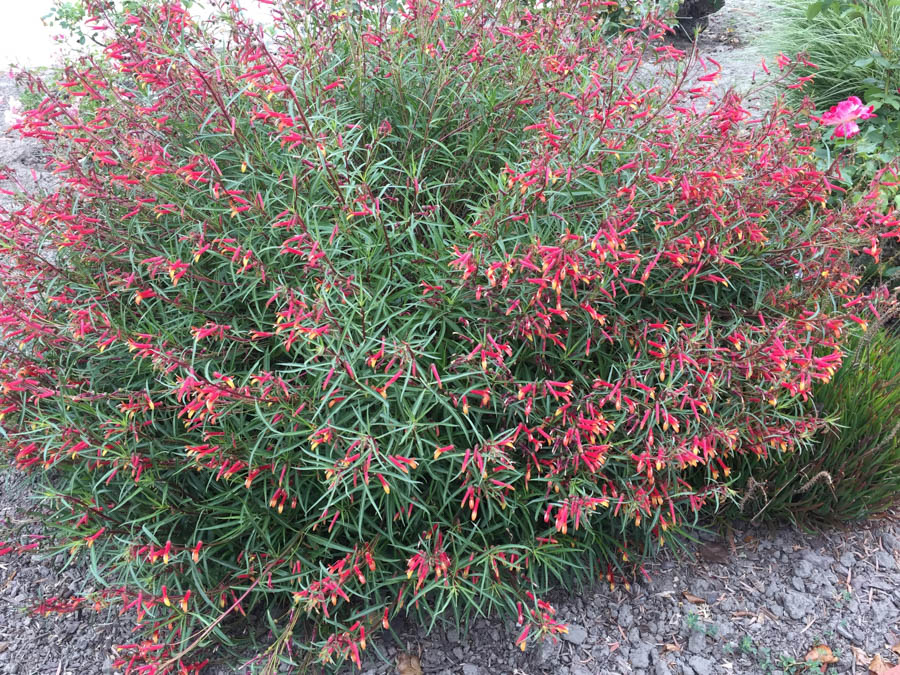
More Kangaroo Feet

Icelandic or Mexican Poppies

What does red roses mean?
Did You Know? - When it comes to conveying a special meaning with roses, there is more than just the color to consider. The number of roses also plays an important role in the message, and the number most commonly associated with roses is one dozen. The traditional connotation of one dozen roses is love and appreciation, and when we think of a bouquet of roses, it is most often comprised of one dozen stems. This is a custom that has arisen from the significance of the number twelve within many aspects of nature, religion, and philosophy.
During the Victorian Era, the practice of flower giving took on an added dimension with the advent of the Language of Flowers.. This elaborate conception associated a different meaning to all manner of flowers, including roses. Many of the meanings we attribute to different colors and numbers of roses survive from this period. One of the most significant is the use of one dozen red roses as a declaration of love. One dozen roses have also become a representation of perfection and completeness. These associations can be largely attributed to the symbolism of the number twelve itself.
The number twelve is often used to represent a complete cycle, such as the 12 months in the year, the 12 hours on the clock or the 12 signs of the zodiac. In fact, cultures around the world from ancient to modern times have developed calendars based on cycles of twelve. The number appears throughout mythological and religious traditions as well. The recurrence of the number twelve across the natural and spiritual world has given it a sacred and mystical quality which is universal. These aspects all play into the significance of one dozen roses.
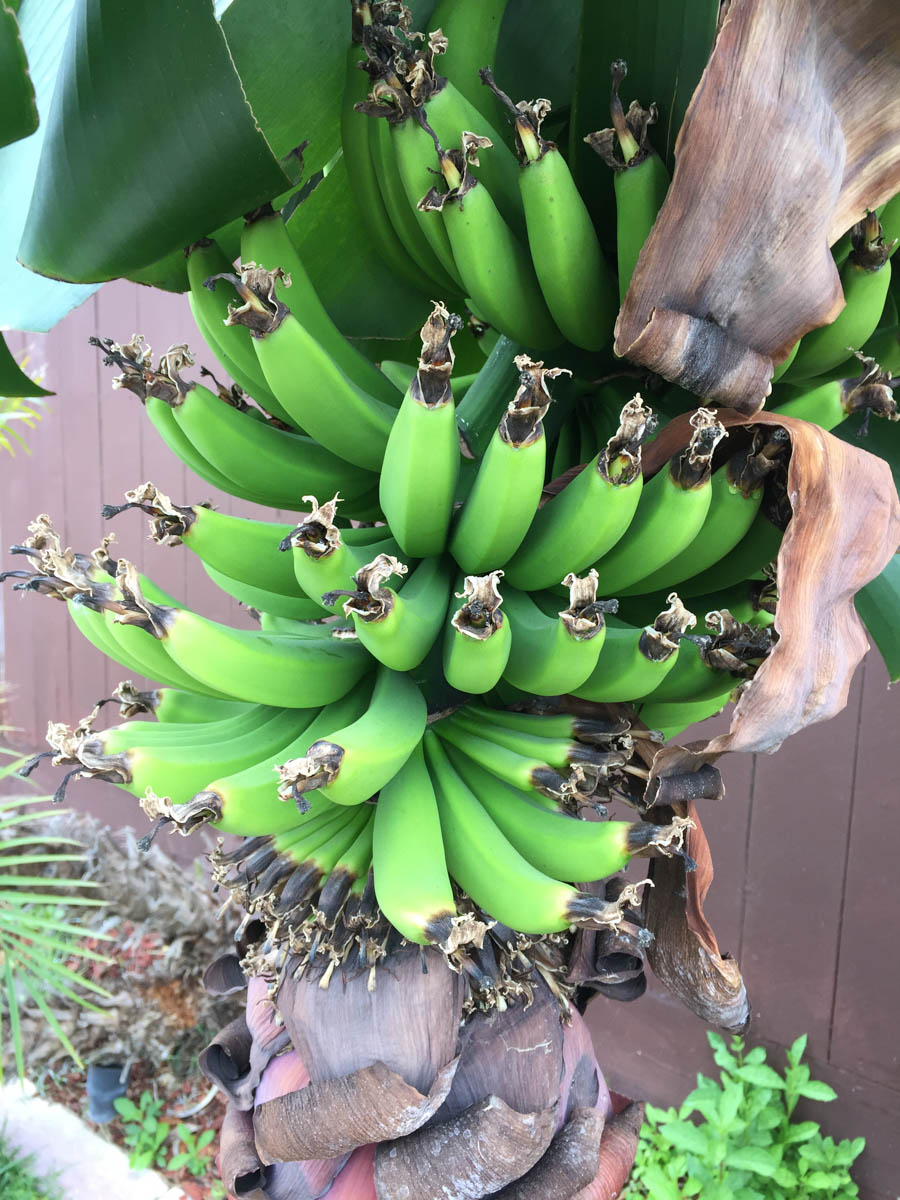
Bananas or plantines?

Our apple tree is going wild!
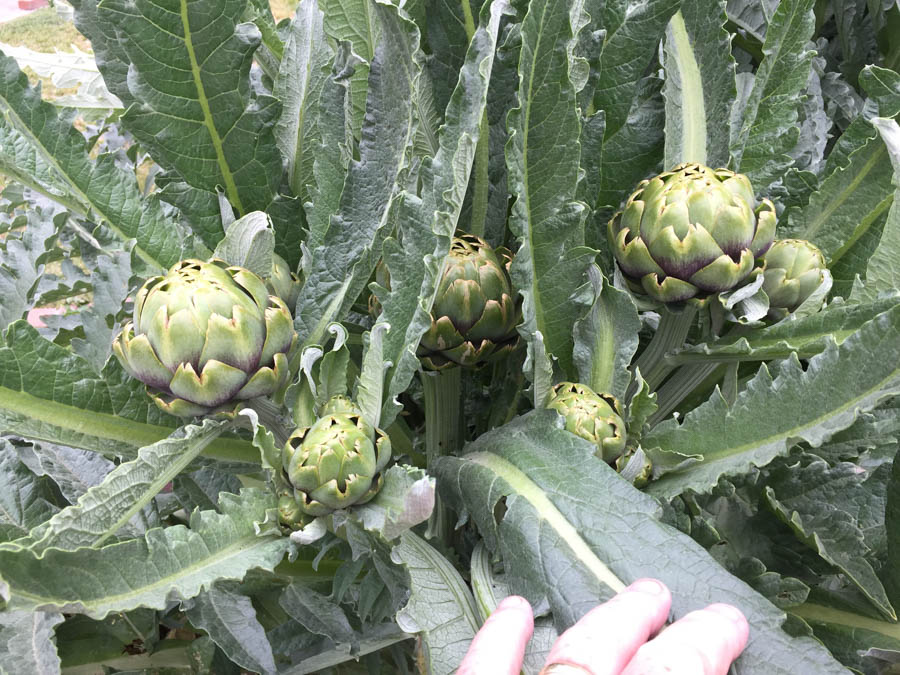
These guys are coming in the house tonight... For snacks

Can't stay out any longer

..and the pomegranites are cheering them on!
Did You Know? - It makes you wonder who first discovered that globe artichokes were edible! Thousands of years ago globe artichokes had very prickly exteriors but with human's curiosity, determination and courage, they dared to risk tasting these thorny, armoured vegetables only to discover their sweet protected hearts!
Even though food historians cannot pinpoint precisely where or when this mysterious plant originated, humans have been treating themselves to globe artichokes for over 3000 years.
As one of the oldest cultivated vegetables, in ancient history the globe artichoke was considered quite exotic. Globe artichokes are thought to have originated in North Africa beginning as a thorny, wild plant, and believed to have been grown for consummation in Sicily, Italy around 500 BC.
There is mention of the globe artichoke in Roman literature as far back as 77AD. The Italians not only developed a passion for the artichoke, but also consumed it as a digestive aid, mainly used by the wealthy as it was not readily available.
Back From Our Trip Up North And Time To Walk! Top
We went to see the Porter's and the Hales on Tuesday and Wefnesday so PAul did not walk. It felt good to up up and walking again!



Who has the paint brushes?

What do you do when you see a backing-up mirror on a tree

Handsome devil

The "Fire Stick" was beautiful
Did You Know? - Euphorbia tirucalli (also known as aveloz, firestick plants, Indian tree spurge, naked lady, pencil tree, pencil cactus, sticks on fire or milk bush) is a tree that grows in semi-arid tropical climates.
It has a wide distribution in Africa, being prominently present in northeastern, central and southern Africa. It may also be native in other parts of the continent as well as some surrounding islands and the Arabian peninsula and has been introduced to many other tropical regions. Its status in India is uncertain. It grows in dry areas, and is often used to feed cattle or as hedging.
The milky latex from E. tirucalli is extremely irritating to the skin and mucosa and is toxic. Contact with skin causes severe irritation, redness and a burning sensation; contact with the eyes may cause severe pain, and in some cases temporary blindness for several days. Symptoms may worsen over 12 hours.
If swallowed, it may cause burning to the mouth, lips, and tongue. Deaths have been recorded from swallowing the latex, and anyone swallowing some should seek medical attention.

No... It's really a pinwheel

The reds are magnificent on a sunny day!

You can almost hear it sing "I Am Pretty"
It's Cold Out (59 Degrees) But Walking Warms One Up Top
We went to see the Porter's and the Hales on Tuesday and Wednesday so Paul did not walk. It felt good to up up and walking again!


Almost made it an hour! Paul took a "short cut"

Just amazing... Hollyhocks

Just love the colors

Pansies come in all colors

Note the beads of water

Loaded with fruit!

We may get them some netting before the birds get to them!
It's Cold Out (61 Degrees) But Walking Helps Top
It's been almost two weeks since Paul last walked, Between Sue's sprained ankle and Paul's burcitis in the knee, walking was not in the cards. Good to be back!





